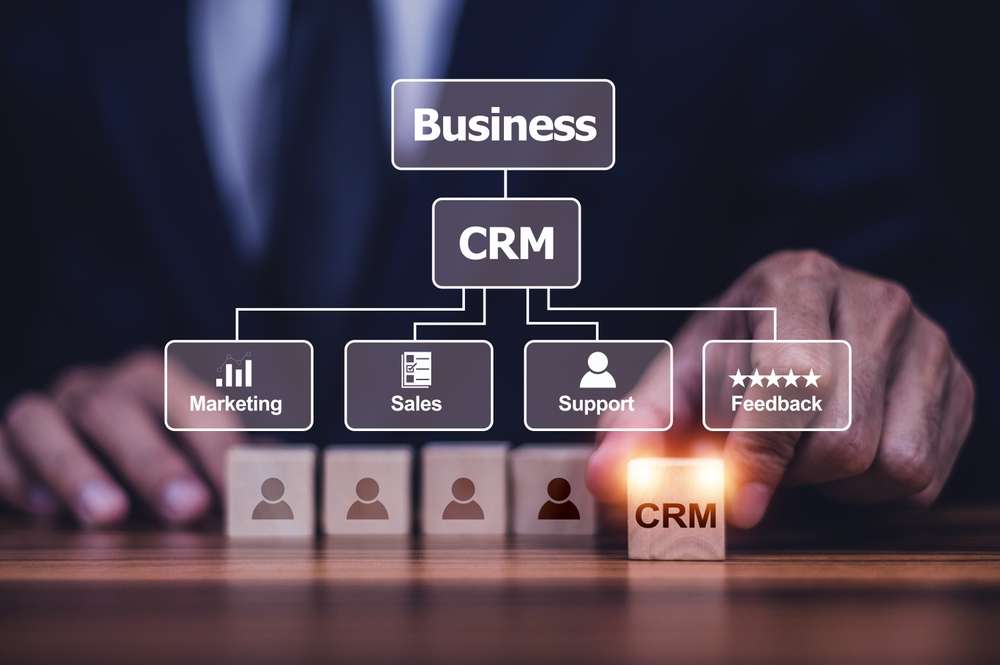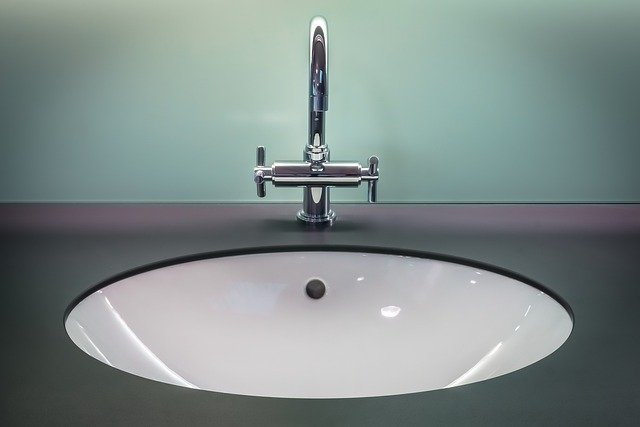The Evolution of Cleaning Jobs: Technology Transforming the Industry
The cleaning industry has undergone significant changes in recent years, driven by advancements in technology and software solutions. From traditional office cleaning to sophisticated management systems, the field has evolved to meet modern demands for efficiency, sustainability, and transparency. This article explores how technology is reshaping cleaning jobs and the impact it's having on the industry as a whole.

One of the most significant benefits of cleaning software is the ability to track and measure performance. Managers can now easily monitor task completion, quality control, and employee productivity. This data-driven approach allows companies to identify areas for improvement and optimize their operations, leading to higher customer satisfaction and better resource allocation.
What role does technology play in office cleaning?
In office environments, technology is making cleaning more efficient and less disruptive. Smart sensors can detect when areas need attention, allowing cleaners to focus on high-traffic zones and reduce unnecessary work. Automated floor cleaning machines, such as robotic vacuum cleaners and scrubbers, can operate during off-hours, minimizing interference with office activities.
Additionally, IoT (Internet of Things) devices are being integrated into office cleaning routines. These connected devices can monitor air quality, track usage patterns of common areas, and even alert cleaning staff when soap dispensers need refilling. This proactive approach to cleaning ensures a healthier and more comfortable work environment for office employees.
How are cleaning management systems improving efficiency?
Cleaning management systems are comprehensive platforms that go beyond basic scheduling and task assignment. These systems often incorporate features like GPS tracking, time and attendance monitoring, and quality assurance tools. By centralizing all aspects of cleaning operations, companies can reduce administrative overhead and focus on delivering high-quality services.
Advanced management systems also facilitate better communication between clients and cleaning companies. Many platforms offer client portals where customers can submit requests, view cleaning schedules, and provide feedback. This transparency builds trust and allows for quick resolution of any issues that may arise.
What new technologies are emerging in the cleaning industry?
The cleaning industry is embracing cutting-edge technologies to enhance service delivery and worker safety. Virtual reality (VR) and augmented reality (AR) are being used for training purposes, allowing cleaning staff to practice complex procedures in a safe, simulated environment. This technology is particularly useful for specialized cleaning tasks in healthcare or industrial settings.
Artificial intelligence (AI) and machine learning algorithms are also making their way into cleaning operations. These technologies can analyze patterns in cleaning data to predict maintenance needs, optimize routes for cleaning teams, and even suggest improvements in cleaning techniques based on historical performance.
How is cleaning software improving sustainability efforts?
Sustainability has become a crucial concern in the cleaning industry, and software plays a vital role in supporting eco-friendly practices. Many cleaning management systems now include features to track and reduce chemical usage, monitor water consumption, and optimize energy use in cleaning equipment.
These software solutions also help in implementing green cleaning protocols by providing digital checklists and guidelines for environmentally friendly practices. By reducing paper usage through digital documentation and reporting, cleaning companies can further minimize their environmental impact while improving operational efficiency.
What are the benefits of integrating cleaning technology and software?
| Benefit | Description | Impact |
|---|---|---|
| Increased Efficiency | Streamlined scheduling and task management | Reduced labor costs and improved productivity |
| Enhanced Quality Control | Real-time monitoring and reporting | Higher client satisfaction and consistent service delivery |
| Improved Communication | Centralized platforms for staff and clients | Better coordination and faster issue resolution |
| Data-Driven Decision Making | Analytics and performance tracking | Optimized resource allocation and strategic planning |
| Environmental Sustainability | Monitoring of resource usage and green practices | Reduced environmental impact and cost savings |
Prices, rates, or cost estimates mentioned in this article are based on the latest available information but may change over time. Independent research is advised before making financial decisions.
The integration of technology and software in cleaning jobs has transformed the industry, offering numerous benefits to cleaning companies, their employees, and clients. By embracing these digital solutions, the cleaning sector is becoming more efficient, transparent, and environmentally conscious. As technology continues to evolve, we can expect further innovations that will shape the future of cleaning jobs and improve the quality of service delivery across various settings.






